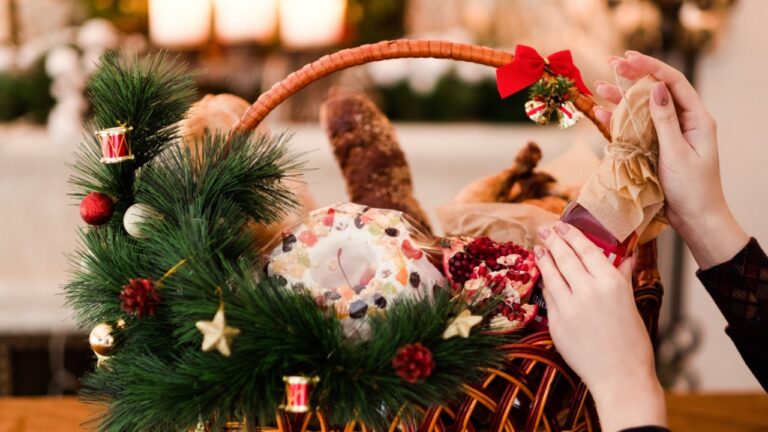24 Old House Features That Aren’t Useful Anymore

Some of us yearn to buy an old colonial, brownstone, or Victorian house and live within its historied walls. Who doesn’t love the idea of kicking back in your new, old house and reveling in the sense of elapsed time? Of course, there are many rewards for buying old, but what about the flip side?
In a modern age of consumer goods and demanding families, there is little time (or space) for defunct domestic design (DDD). After looking into the matter, I have identified the old house features that today’s fast-movers can live without.
1. Monogrammed Screen Doors

Shalina Gupta of U-Build-It lists many reasons why custom-made screen doors can benefit one’s home. Factors such as better energy efficiency through improved ventilation are just one reason a screen door makes sense.
However, finding a new house with a monogrammed screen door leaves a dilemma. In the past, people owned properties for generations, so a family initial on one’s screen door made aesthetic sense. Today’s real estate market is far different, with most Americans moving home 12 times altogether.
2. Basement Toilets
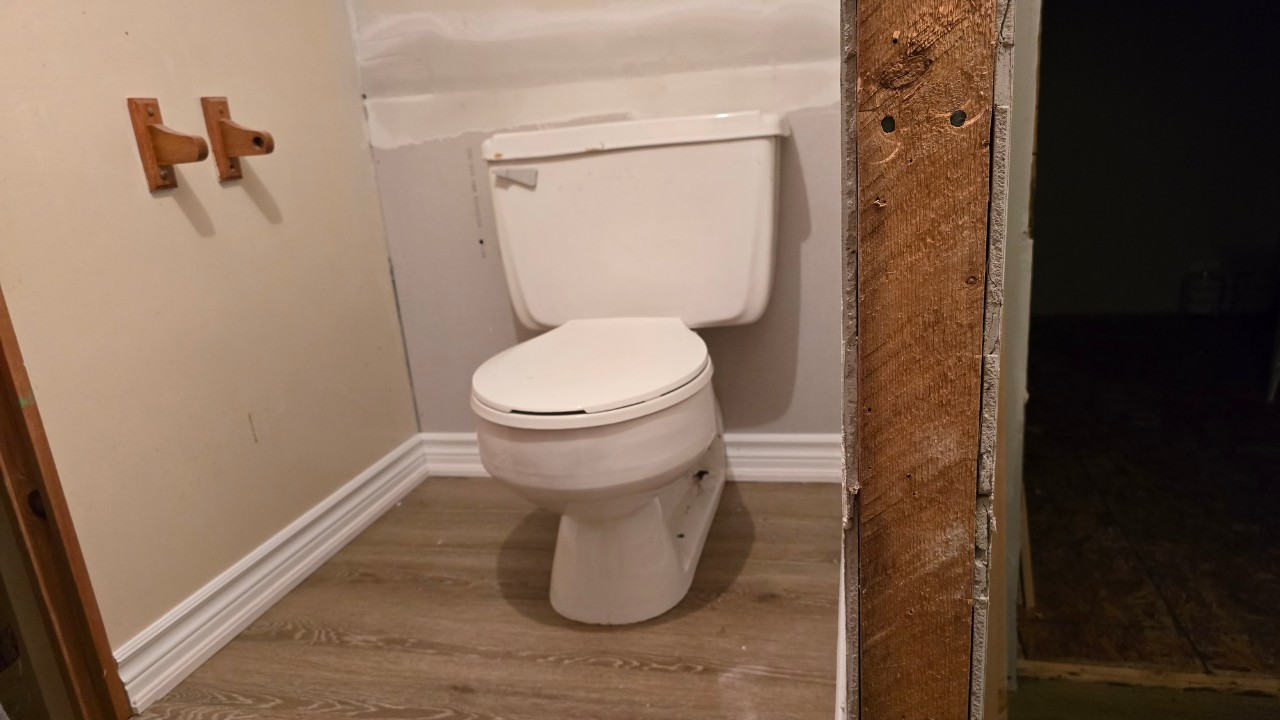
Basements are ubiquitous throughout many suburban American homes thanks to their rise in popularity during the ’50s. Many homes still have their basements, used mainly for storage or oversized offspring.
Older periods had basements with toilets in them for a good reason, according to Alexa Erickson of Family Handyman. She writes that sewage backups were common in pre-war times, so installing a toilet at ground level could be disastrous.
3. Push-Button Light Switches
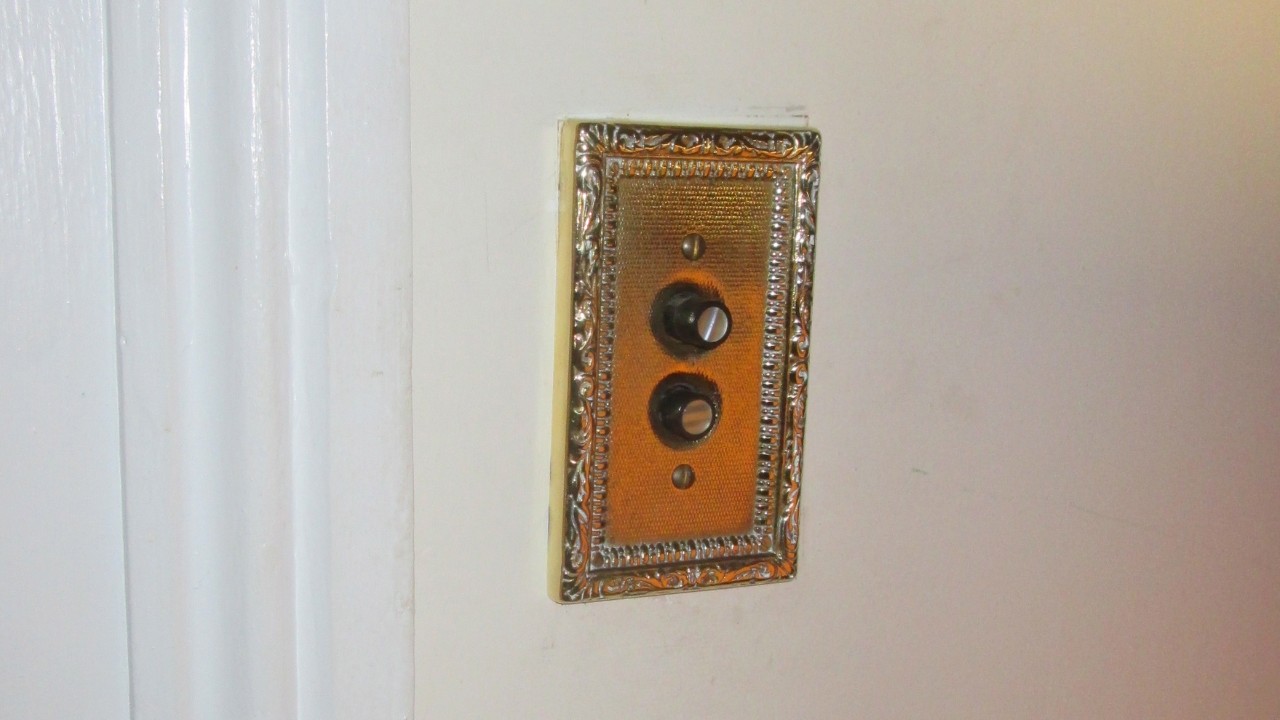
Walking into a newly bought old home and finding push-button light switches might elicit nostalgic feelings. However, if you were thinking about keeping these old light fixtures, think again.
Susan Moncrieff of home-planning blog Momcrieff writes that the lack of grounding, poor insulation, and compatibility issues made her replace them. There is good news, though: reproduction switches are a modernized alternative with similar charm.
4. Picture Rail Molding
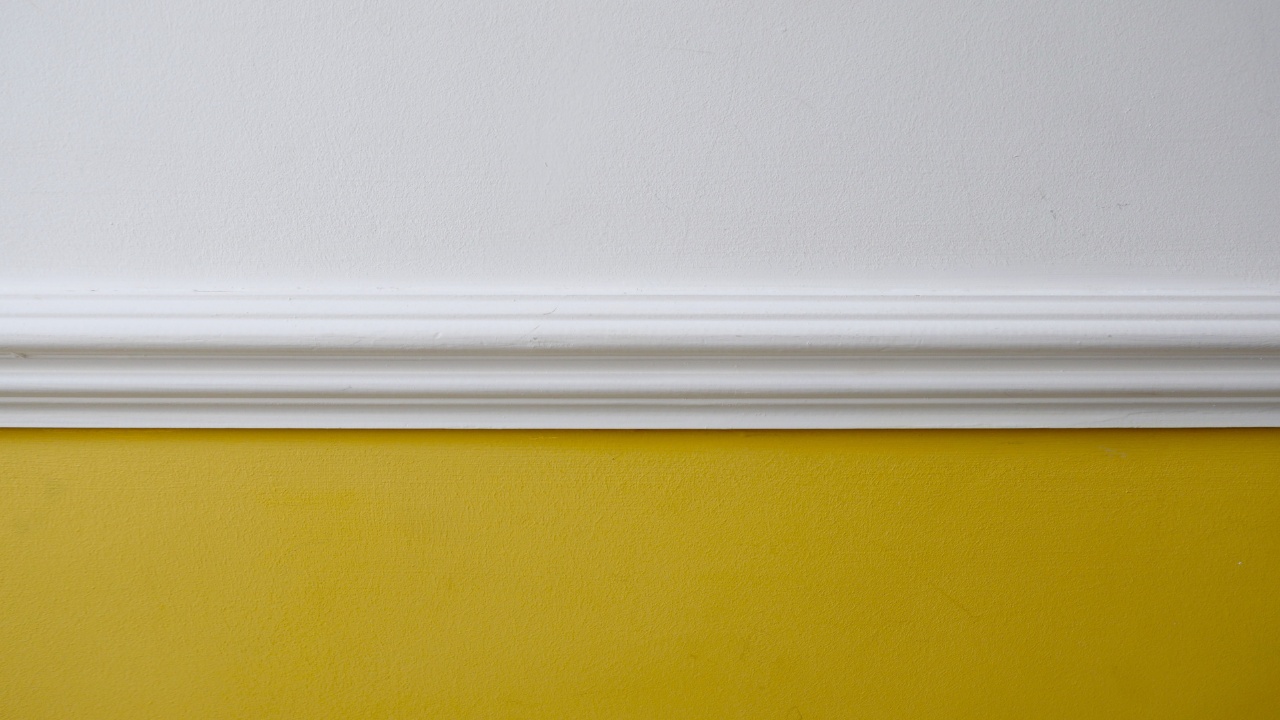
One aspect of life a century ago was picture frame molding, the wooden lining framing a wall — it was installed to protect the walls from hooks or nails. We don’t really need them anymore, though they could be making a comeback, according to Build Review.
Some fascinating insight comes from its report looking at demographic trends for interior design. While millennials prefer unblemished, clean walls, their Gen Z counterparts “embrace extremism” in their living spaces and would likely favor the picture frame molding look.
5. Steel Coal Chute Doors
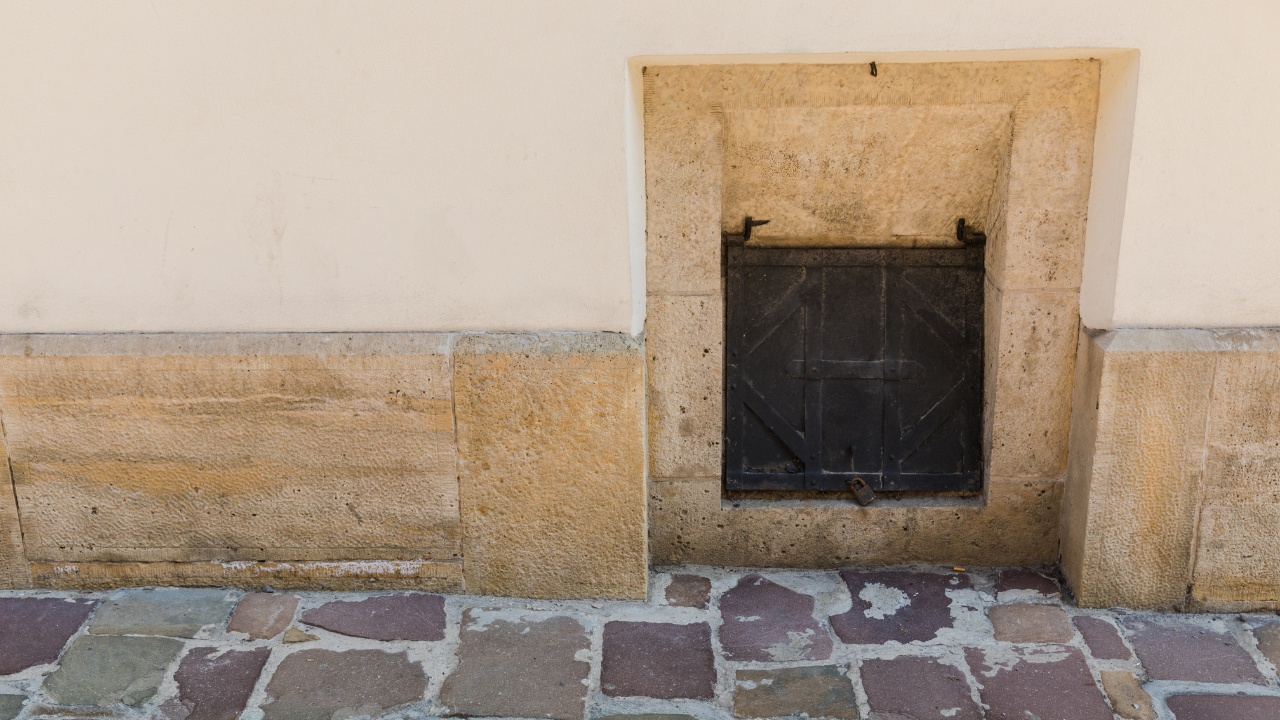
In yesteryear, most homes used coal for heating, a method outdated by today’s central heating technology. Many late 19th and early 20th-century homes still have this odd feature on an outside wall.
The problem is that they can let in damp or cold air, a headache for new owners. Thankfully, there are dozens of online DIY platforms where homeowners discuss ways to seal or replace an old coal chute door.
6. Transom Windows

Transom windows are the glass screens sitting above a door. They used to be fitted in homes to make the most of natural light and airflow, according to Architectural Digest.
These internal windows bring an old-world splendor to any living space, and some choose to keep them for that reason. However, there is little need for any practical use with modern lighting and ventilation.
7. Archways
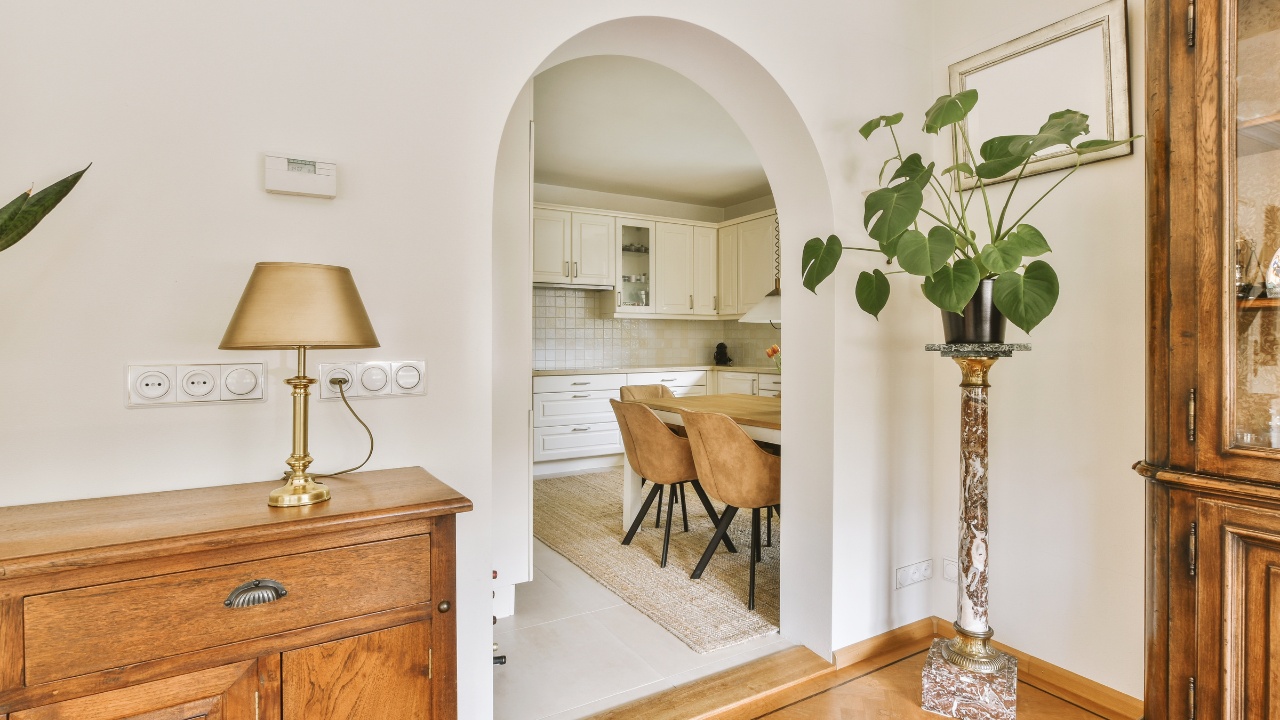
I am on the fence about archways. On the one hand, they serve no tangible purpose; on the other, they look cool. RoomForTuesday interior design blogger Sarah Gibson explains in a post how her decision to install a kitchen archway backfired.
“I majorly missed the mark with my arch vision,” she writes. “It felt wrong, it looked wrong, and I’m glad I noticed something was amiss before we moved further with our renovation plan.” An archway in a house of archways may work, but not for all houses.
8. Ice Doors
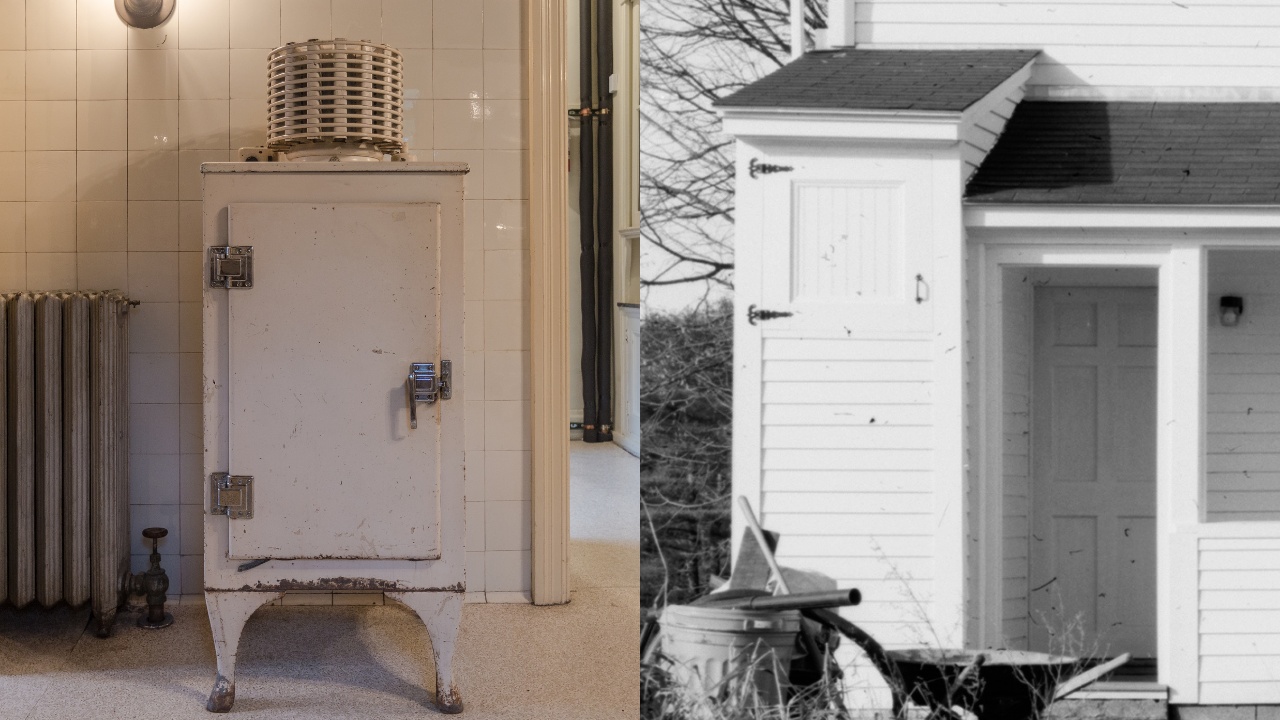
How can we complain in the modern age when, at the very least, we can create ice in an appliance connected to the wall? Those in older days had to wait until the Ice Man cometh (cameth?) again. He would drop his product through an ice door connected to the larder or pantry.
A cool Sears Home post explores how ice doors are used to service most homes. While they still exist, there is literally no other reason to keep them than for a visual point of interest.
9. Laundry Chutes
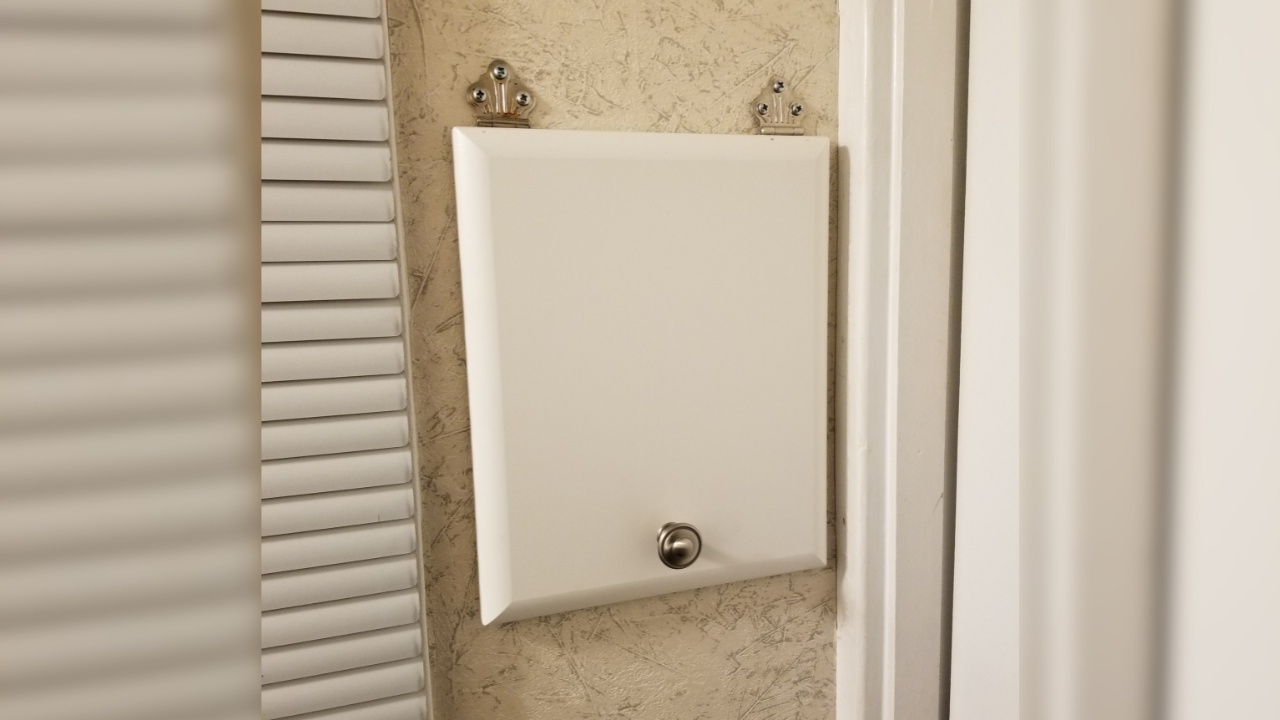
Back when the middle classes emerged, those advancing in society didn’t wish to flaunt their dirty laundry to the public, so they installed laundry chutes. Moreover, most homes already had a laundry room in the basement, requiring a laborious hike down the steps.
Sarah Magnuson reasons in an Apartment Therapy post why they should return. Maybe an upstairs variant feeding the ground-floor laundry room makes better sense these days.
10. Floor Buttons
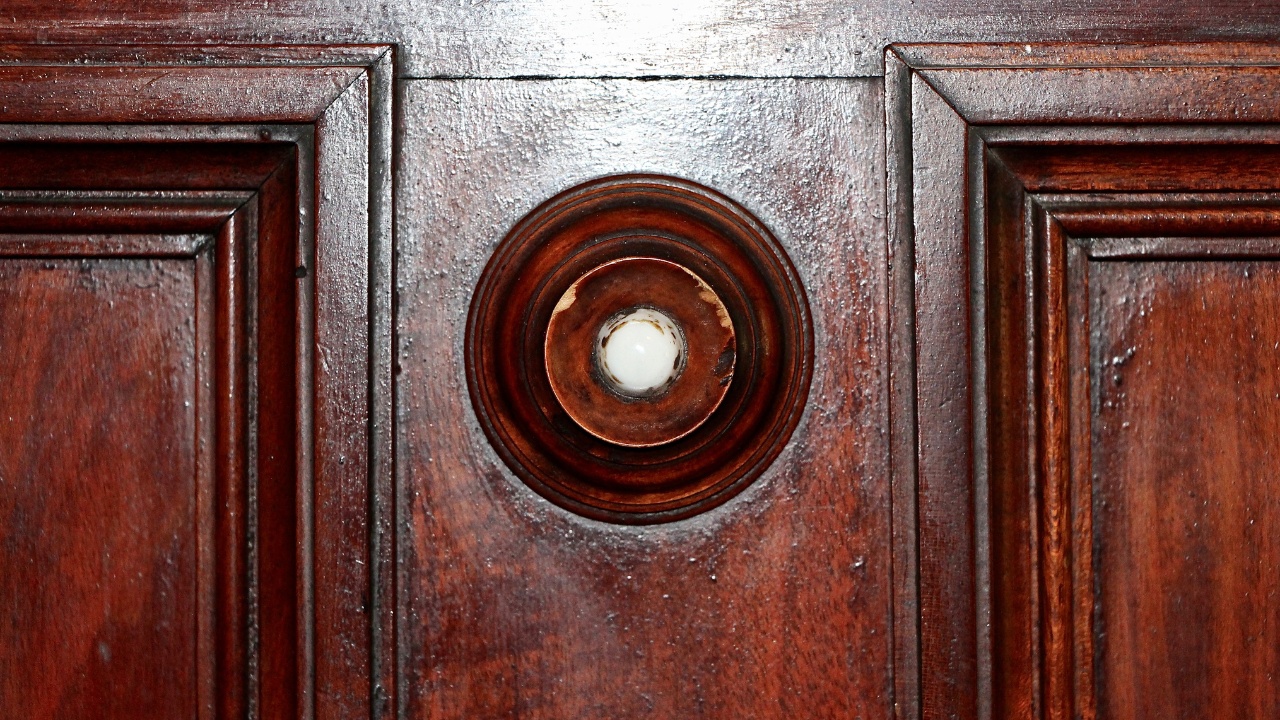
I always imagined floor buttons to be exclusively for Bond villains looking to despatch a visiting spy. In reality, these devices were the stuff of high society, designed for paging servants. One tap of the floor button would prompt the help to clear the dishes and get ready for the next course.
The modern equivalent is more likely a “call button” or something similar. Most of us can only imagine living a life where any form of summons device is necessary.
11. Boot Scrapers
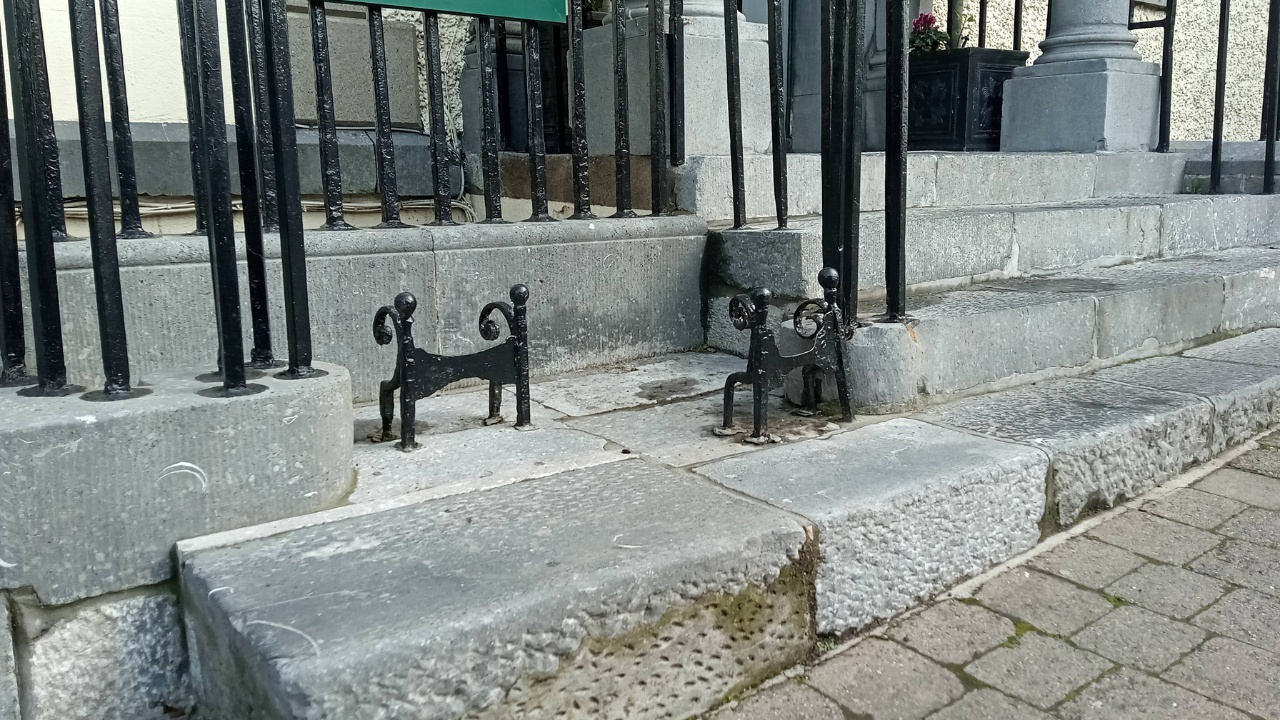
A Philadelphia appreciation blog discusses the city’s many boot scrapers, which still sit outside many old buildings. “They were known as a ‘décrottoir’ in French, which quite literally implies the need to remove excrement,” reads the article.
Some Victorian homes still have these historical icons remaining. However, unless you live in an unfortunately rude dog-loving neighborhood, boot scrapers are decorative only.
12. Oil Tanks
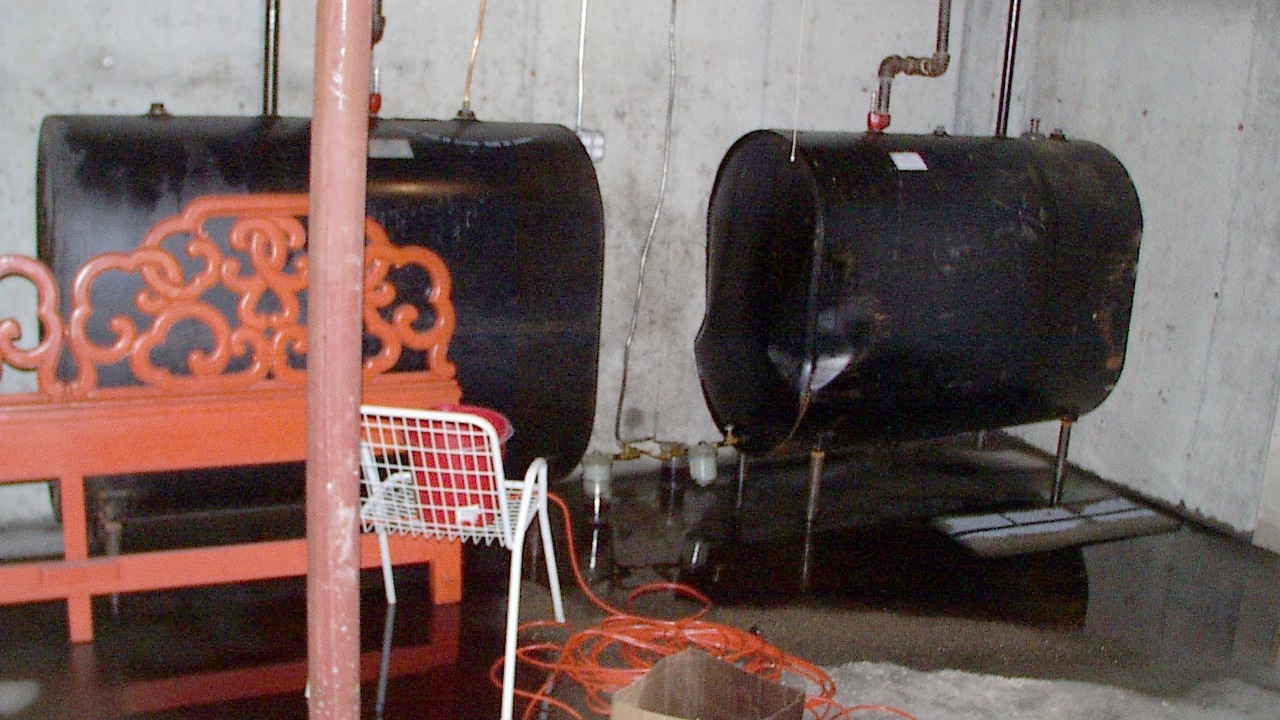
Some houses in the past used oil to stay heated, though this was quite rare. Curiously, certain regions today still heat their homes using heating oil. Some older homes may still have remnants of an oil-heated past with an oil tank in the basement.
While modern designs can last a few decades, old tanks can be troublesome for homeowners in the modern ’20s. Sperrs offers expert solutions for replacing an old oil tank.
13. Milk Doors
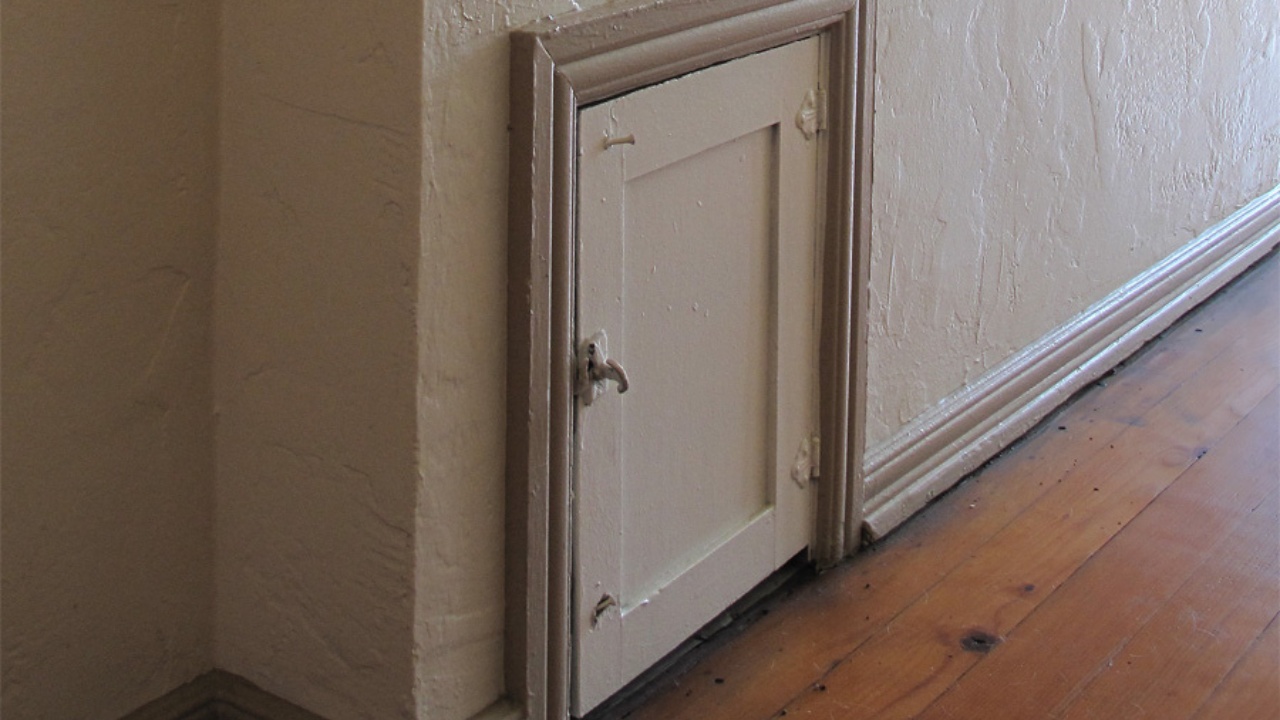
What was it with external doors in old homes? If the coal and ice doors weren’t enough entry points for you, meet the milk door. Notwithstanding tropes about delivery and paternity, having milk brought to one’s home is not something mentioned in current times.
However, until the grocery store era arrived, a small milk-delivery hatch was the norm. Here is where the lactose lotharios could leave the innuendo-free goods. Who knows? The rise of Amazon porch pirates may lead to a comeback, thinks Rain Noe of the company directory website Core77.
14. Intercoms
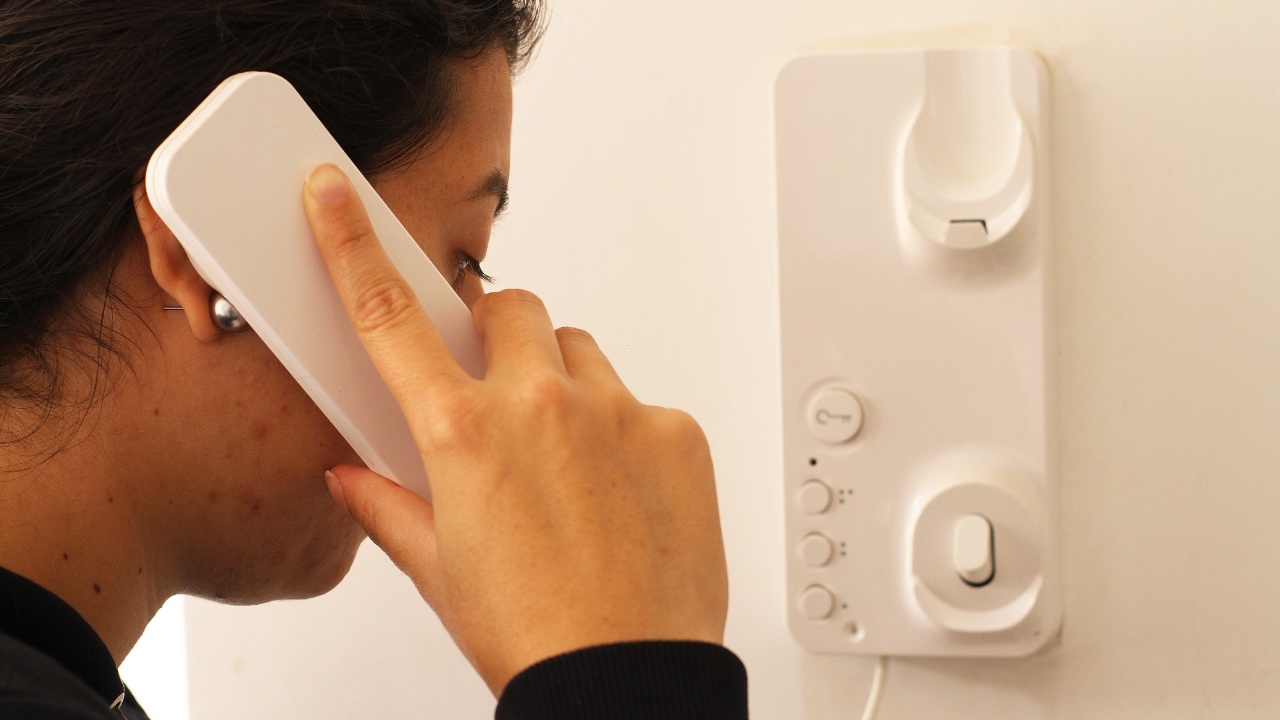
Growing up in an ’80s household revealed on truth for my family — we really needed an intercom in the house. Such was our through-the-wall communication; our poor neighbors must have felt as though we lived with them.
There were houses with such devices, where we can jealously imagine how calm it must have been. Obviously, newer generations of homes don’t need them. Of course, upmarket smart home intercom systems are available for those who can afford them.
15. Rotary Dial Phones
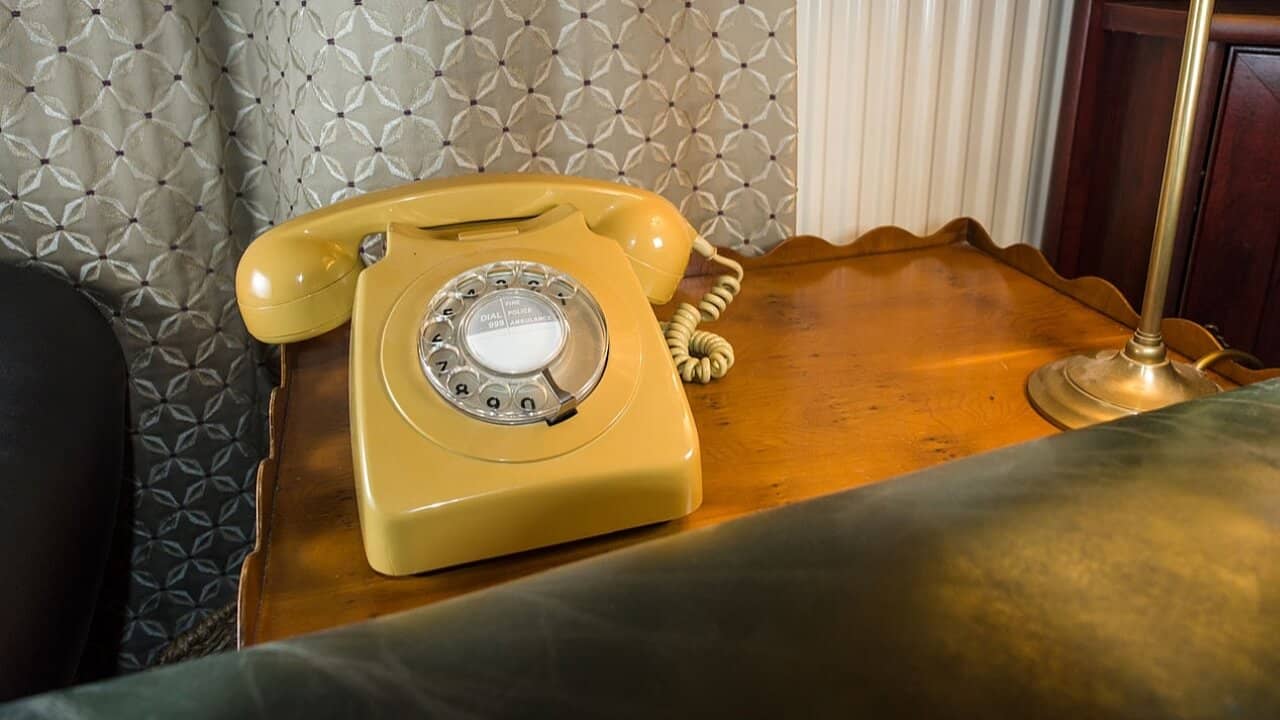
Anyone with YouTube must have seen the viral clip of youngsters trying to work out a rotary dial telephone. The funniest moment is when the two subjects decide the zero requires a full rotation of the dial.
This clip alone demonstrates why this charmingly outdated home feature is not practical anymore. Even in an emergency, dialing a simple 9-1-1 would be frustrating based on today’s standards.
16. Gramophones

Of course, the old romantics among us have likely found, renovated, and used a gramophone — and who can blame them? The sound they produce is unlike anything else, transporting the listener back to a more innocent age.
In reality, gramophones can’t compete with our easy access to faceless, free online music. We can all now let out a collective sigh about our digital servitude.
17. Razor Slots

The bathroom medicine cabinet reveals much about its owner, though in some old houses, it could unearth dozens of used razor blades. Chances are, if you live in an old home, your bathroom walls may be filled with them.
Until the ’70s, it was common to dispose of razor blades through a built-in medicine cabinet slit. Nobody questioned where those blades ended up; why would they? Curiously, these days, razor blade companies sit patiently waiting for beards to go out of fashion.
18. Root Cellars
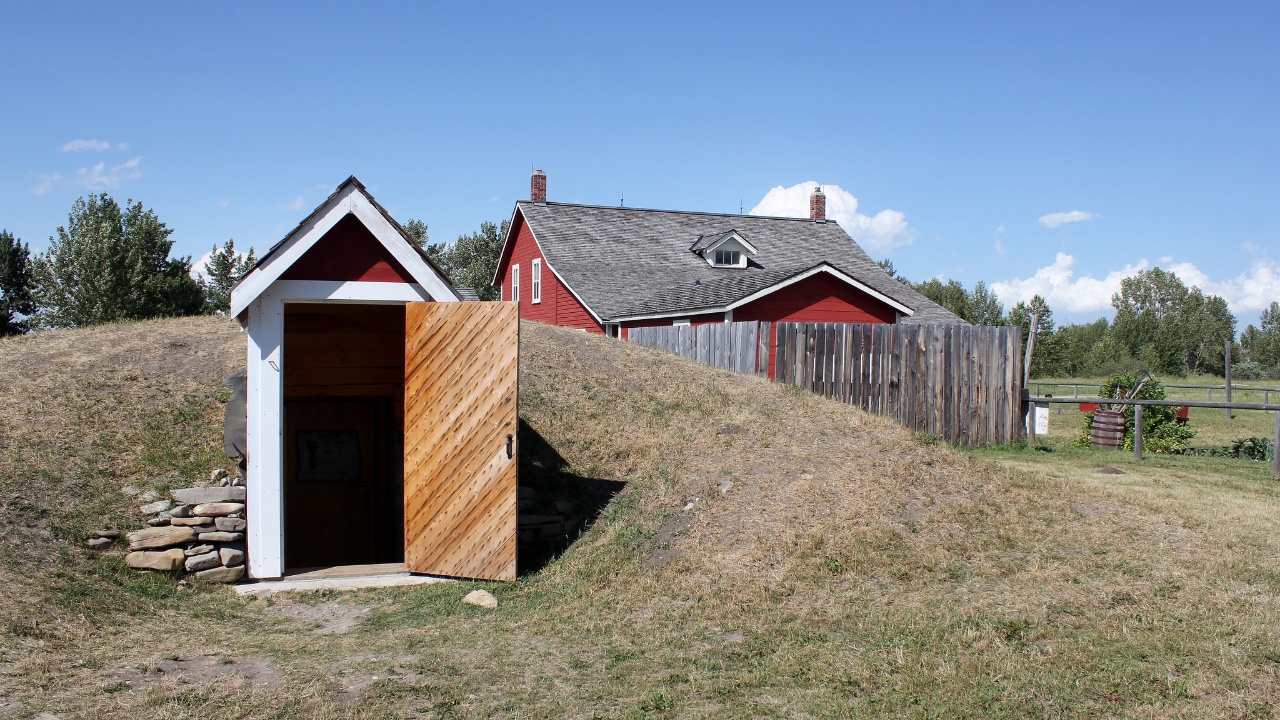
In the United States, we might associate a root cellar with rural living, though even in urban areas, they might be present. While Elliston in Newfoundland, Canada, is known as the “root cellar capital of the world,” it just isn’t feasible to have a usable cellar in most homes.
However, not all root cellars must be dark, underground, cold pits where grandma once stored her jam collection. Minnesota’s Horticultural Society’s Northern Gardener blog shares tips on maintaining a modern above-ground root cellar.
19. Dumbwaiter

It sounds like a lazy movie pitch idea, but a dumbwaiter was (and still is) an actual thing for those with the need. Houses with a mini-elevator for sending dishes or meals to different floors were for the privileged.
Home Tech platform Curbed explores the dumbwaiter’s origins, ascribing its design to a certain Thomas Jefferson, who had one installed in the White House. We all want a dumbwaiter, if anything, to escape intruders in a movie scene.
20. Butler’s Pantries
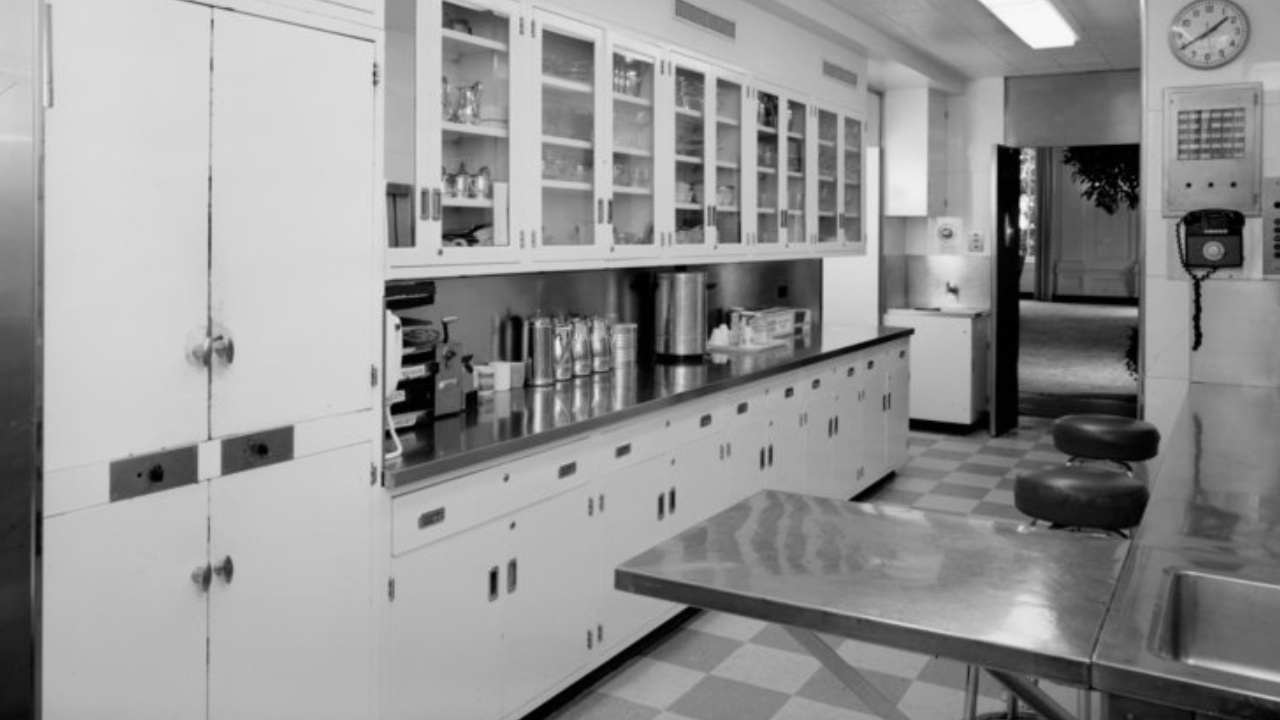
There is a definite pattern in old house design wherein the vocabulary feels designed to boost one’s social status. Such an accusation falls with the butler’s pantry. These days, it sounds more impressive than a multi-function passageway between kitchens and living rooms.
Butlers once used these areas for locking away valuable silver service items or family heirlooms, according to Realtor contributor Jennifer Kelly Geddes.
21. Speaking Tubes
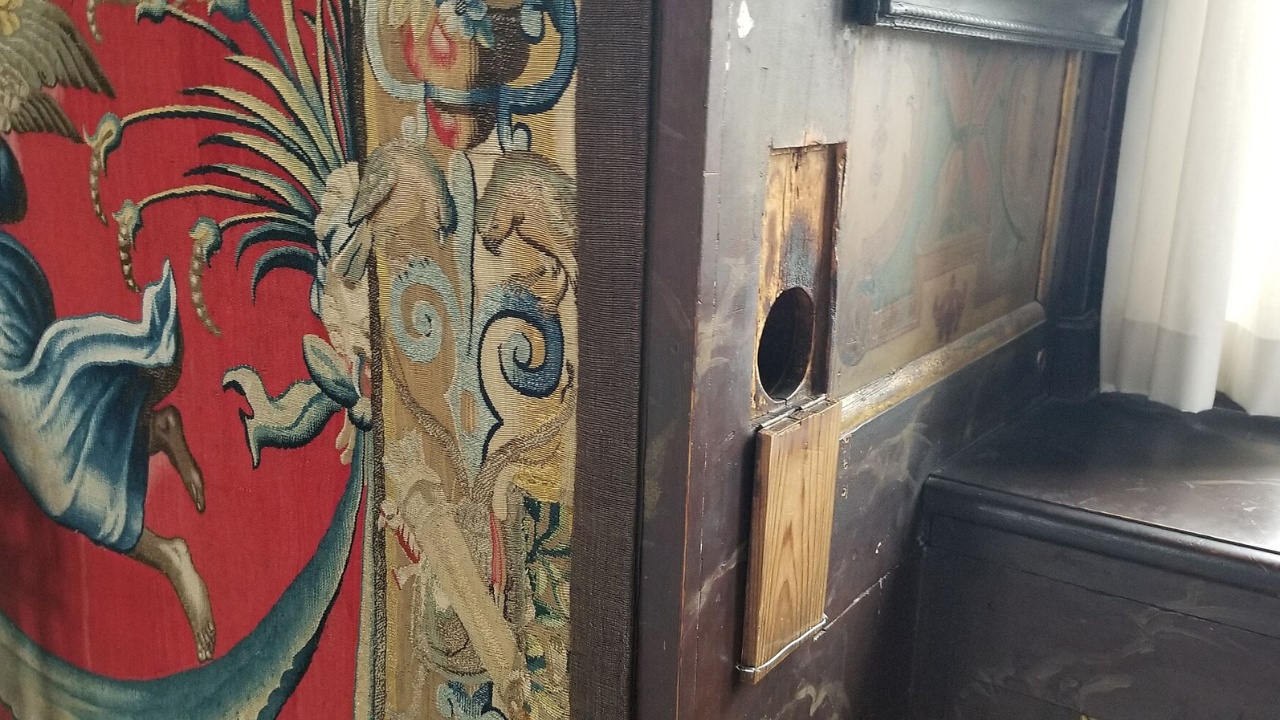
A speaking tube was essentially a non-electronic intercom used in wealthier households to communicate with the downstairs help. Of course, few want a hollow pipe leading between rooms in a modern house, not least in a houseshare — or don’t they?
Bay Area real estate expert Bonnie Spindler spoke in an SFGate interview about a possible comeback. “Things that don’t need electricity, I think, are making a comeback,” she said. “People are trying to get off the grid.” Maybe hold off on filling that speaking tube just yet.
22. Frosted Glass Screen Doors
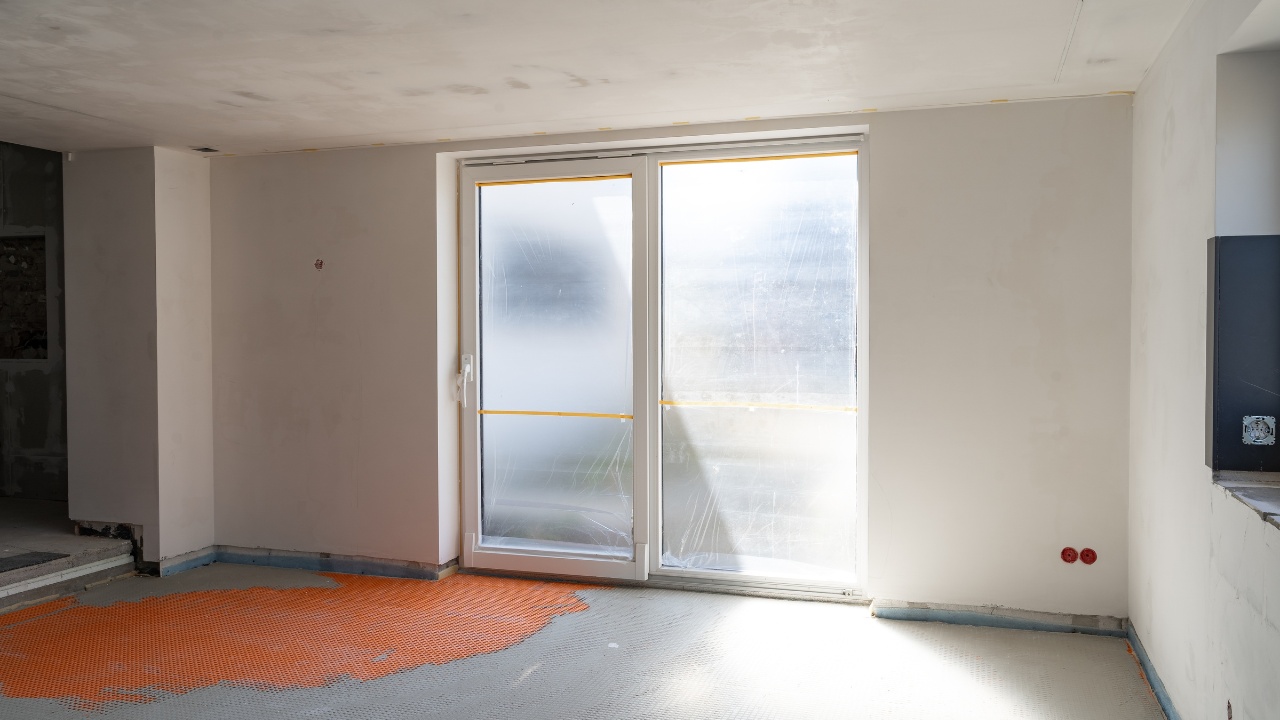
Frosted glass is very Art Deco, though quite rare in modern interior design. While some people may love the thought of appearing as a silhouette while using the bathroom, it isn’t for all of us.
Unless you like the idea of living in an Alfred Hitchcock movie, frosted screen doors are a thing of the past. What’s more, is it even that private? This 12 Tomatoes article explores how, for one unfortunate lady, it wasn’t private enough.
23. Servant Bells

The connection between domestic staff instrumentation and the old home is strong. It betrays a time in America when the haves controlled the have-nots. The perfect symbol for this relationship is the servant bell, still seen in some old homes.
Like its floor-button counterpart, the servant bell was a tool for hailing the serving staff. Maybe parents could today use them as a form of Pavlovian child training device — just saying.
24. Sleeping Porches
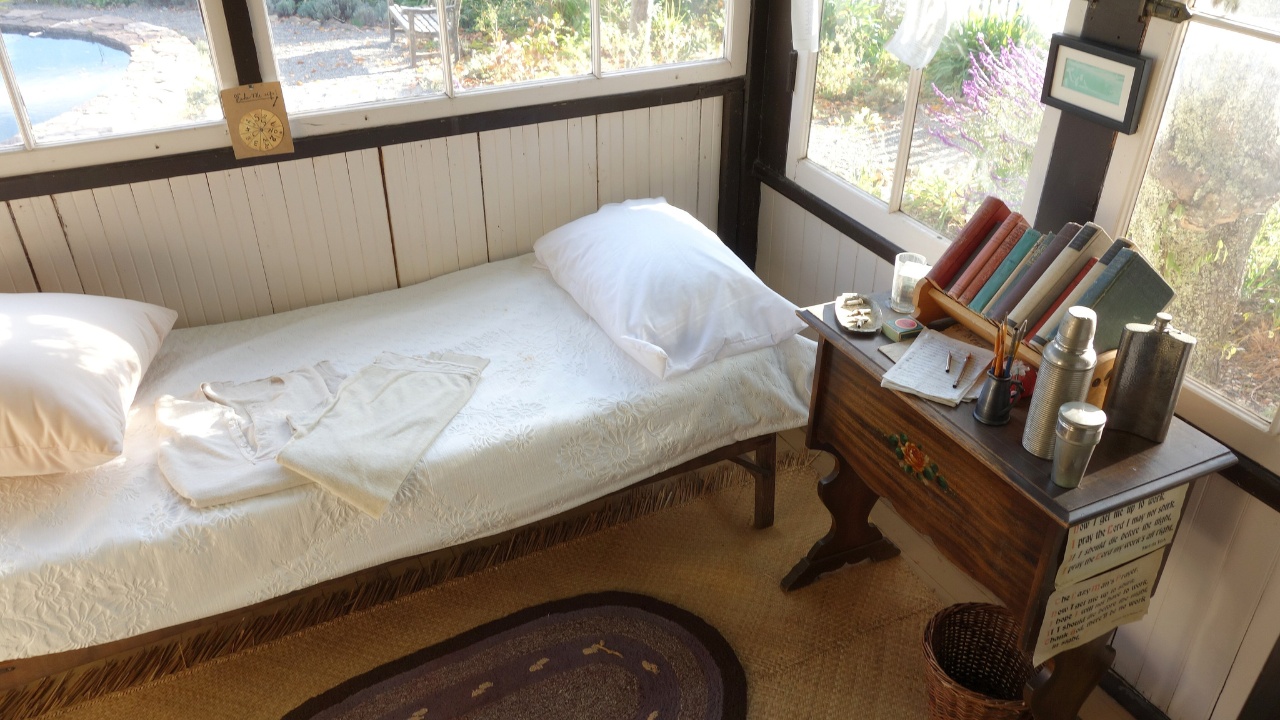
Charlotte Bond of The Vintage News defines a sleeping porch as “a deck or balcony, sometimes screened or surrounded by windows, that is built to serve a particular purpose.” There is an innocence about having a porch area designated for sleeping, and many colonials still have theirs attached.
Unless I lived in a very rural area, I am not sure I would feel comfortable sleeping on a sleeping porch. Jana Studelska of Cabin Health would encourage me to, however. Research shows having a sleeping porch is good for your health, though most homeowners would probably prefer this square meterage indoors.



